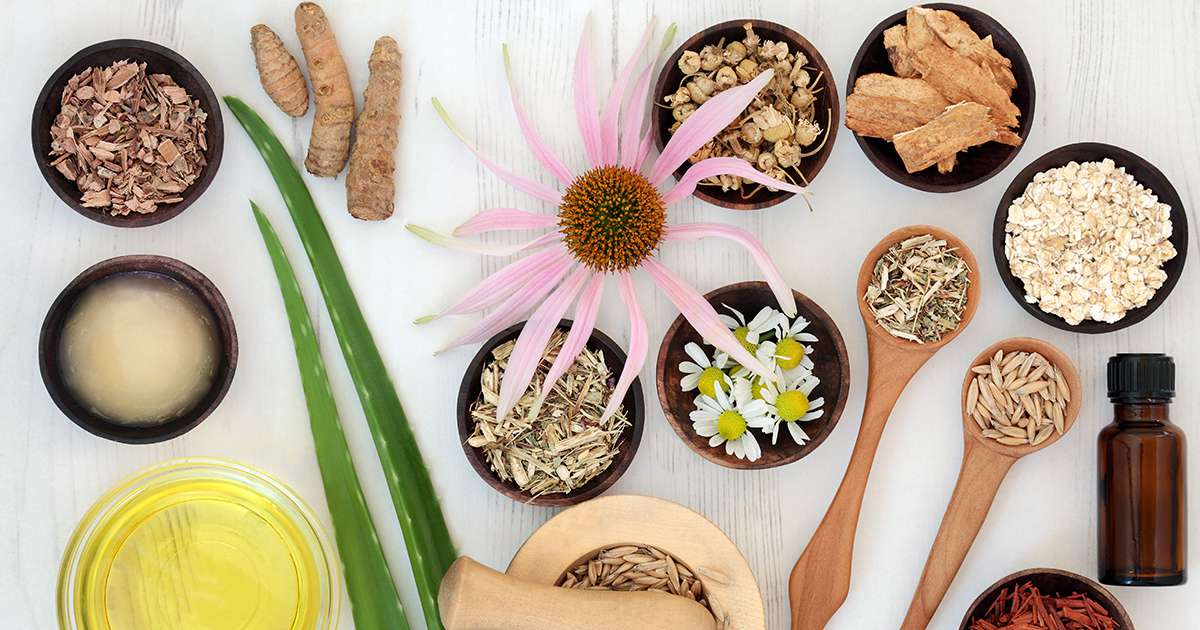Introduction
Beautiful skin, in Ayurveda, is the ultimate measure of bodily health and well-being. The skin is like a window to the rest of the body. It can reveal what is happening on a much deeper level. An Ayurvedic practitioner can assess which doshas, organs, and systems are out of balance just by looking at the skin. Problems that appear on surface of the skin are usually caused by imbalances deeper within.
The quality of the skin is closely related to the quality of the blood. Poetically in Ayurveda, the skin is considered to be the cream of the blood that rises to the surface. The foundation of good skin, therefore, is balanced blood chemistry.
But what affects the quality of the blood? All of your organs and tissues affect blood chemistry. Therefore, the skin is truly connected to the health of the blood, all the organs, and the whole body.
Since skin is so important in assessing health, Ayurveda practitioners study the skin carefully, and can identify which organ may be causing your complexion catastrophes. By learning to recognize and decipher an imbalance of the skin, you will be able to understand and rectify its root cause, too.
About the Skin
The skin is an organ of protection. It is the physical barrier between your body and the outside world. It keeps you safe from harmful radiation and microorganisms. The skin also serves an important role of maintaining body temperature. It keeps you warm through body hair, an insulating layer of fat, and by contracting blood vessels and pores (goosebumps) when cold. It cools you down by sweating and dilating blood vessels in the heat.
The skin is a sensory organ that enables you to experience your surroundings through touch. Highly enervated, it allows you to experience pressure, pain, hot, and cold.
The skin keeps essential fluids within the body, assists in the removal of waste products through sweat, and also regulates the production of and stores vitamin D in the fat tissue.
Western science categorizes the skin into three main layers: the epidermis (the outermost layer that provides tone to the skin and acts as a barrier), the dermis (thick layer of tough connective tissue, sweat glands and hair follicles) and the subcutaneous layer (fatty layer that helps regulate body temperature). Ayurveda breaks the skin down into seven layers. Sushruta, the ancient Ayurvedic physician, outlines these layers in his seminal text, Sushruta Samhita. Each layer has its own role and, when out of balance, leads to certain disorders.
Ayurveda's Approach to the Skin
Ayurveda views skin disorders as a symptom of a deeper imbalance. Before treating a skin disorder topically, Ayurveda looks for the root cause. Addressing the root cause is more effective because it resolves the skin disorder at its source. Commonly, the root cause of skin disorders can be traced back to systemic imbalances.
Topical treatments may be used thereafter, but only as additional support. Topical treatments often reduce the symptoms of a skin condition initially and can be quite effective. But unless the cause is removed, the disorder is likely to return at one point or another.
The skin is a sensitive organ and Ayurveda treats the skin gently. Ayurveda suggests care regarding which substances touch the skin because the skin can absorb environmental and chemical toxins that come into contact with it. A popular saying in Ayurveda is, "Don't put it on your skin if you wouldn't eat it."
Soap is harsh. Most practitioners advise strategic use of soap in private areas only. Otherwise, rinsing the skin is sufficient for cleanliness, and helps maintain a healthy skin biome. Practitioners may also cleanse the skin by massaging oil into the skin and then, if desired, rubbing with a sea salt scrub to exfoliate and cleanse. Oils like coconut oil have antimicrobial properties, feeding the good bacteria and eliminating the bad.
Ayurveda also has a science of skin pastes (Ubtans) for cleansing the skin and improving skin health topically. An ubtan may be made from ground oatmeal, ground almond flour or chickpea flour, depending on the amount of moisturization, oils, and astringency desired in the formula. Herbs may be added to the ubtan for enhanced effect.











